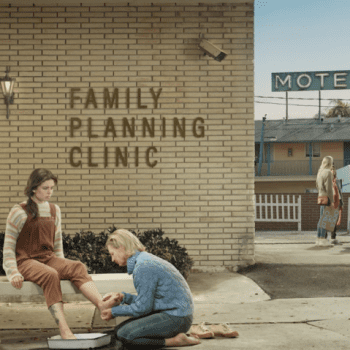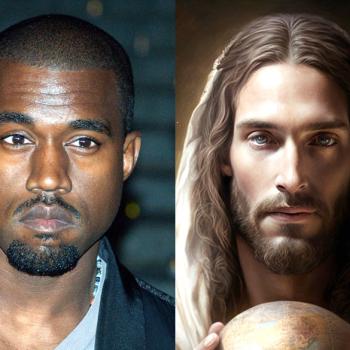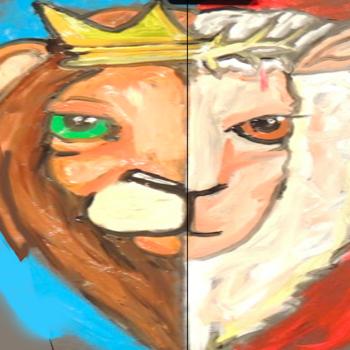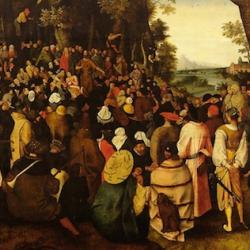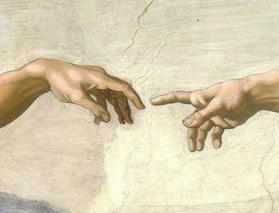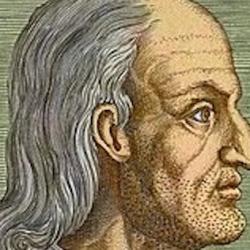Alexander Murray reviews Ronald Witt’s The Two Latin Cultures and the Foundation of Renaissance Humanism in Medieval Italy in the TLS , and has some high compliments for this sequel to In the Footsteps of the Ancients: The Origins of Humanism from Lovato to Bruni
. He commends, for example, Witt’s attention to the French sources of the Italian Renaissance:
“The Italian Renaissance is incomprehensible without the ‘twelfth-century renaissance’ first announced by Charles H. Haskins in 1927, radiating from northern France. France had previously learned much from Italy. But from around 1120, until Dante’s time at least, it was mainly Italy that learned from France. Not only French romance and epic, but French translations – free translations, and including adaptations – of classics, rained on Italians so heavily as to provoke, finally, a proprietorial interest in their own Roman past. The provocation had been needed. Witt’s inventory of Italian historical writing before 1230 shows how little there was, before it shot to glory after 1300.”
Where Witt fails, he argues, is in his coverage of theology. Though “references to ‘theology’ occupy one column in the index of The Two Latin Cultures ,” what Witt presents under the heading is “cardboard, a one-dimensional form of thought that contrasts sharply with “the author’s multi-dimensional understanding of grammar and rhetoric.” The superficial treatment of theology leads to historical errors:
“An effect of [Witt’s] devotion [to humanism] is that the lifelong Christian loyalties of Petrarch and Bruni (in Petrarch a tormented loyalty: his brother was a Carthusian), and the near-deathbed conversions of Mussato and Coluccio Salutati (Bruni’s predecessor as Florentine chancellor), come over as impurities, failings.”
Murray provides one extended example of the powerful influence of fervent Christianity, and its endorsement by Renaissance figures: “In 1424, a priest from the Observant Franciscans of Siena came to preach in his order’s church in Florence, Santa Croce. In one sermon he contrasted the wealth and intellectual fame of the city with its moral collapse. The Florence he depicted was not the benign meritocracy that Bruni had described in Ciceronian Latin in his Laudatio of the city, in 1404. The friar spoke instead of the city’s rash of boy prostitution, of paedophilia so chronic that Italian families refused to hire Florentine tutors for their young, and of infanticide – newborn babies buried alive at night in privies and back gardens, or thrown from the Ponte Vecchio. The church was packed. No one spoke. They knew it was true. Many went afterwards for sacramental confession. Later, the visiting friar had a message from the Signoria to say, you must come again. It was from the Chancellor, Leonardo Bruni.”
The result: “These otherwise magisterial volumes are like a splendid length of timber, with this anti-clerical ‘shake’ running from one end to the other.”


